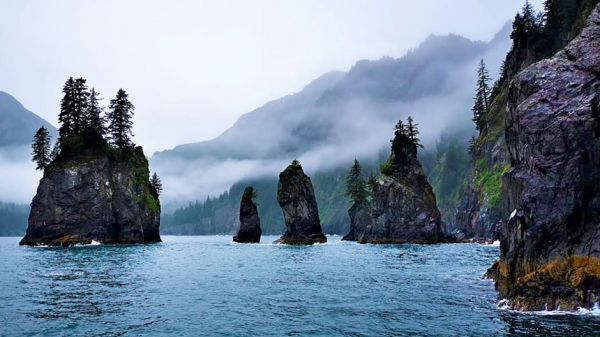If the nation is to achieve its goal of safeguarding critical marine ecosystems and other ocean resources from detrimental human activity, it must not only establish more marine protected areas (MPAs) but also ensure they are strictly managed to accomplish desired results, a University of Miami environmental scientist and others agreed in a recent study that examines these important ocean zones.
“The detrimental impacts of not having an adequate number are just too costly,” said Daniel Suman, a professor of environmental science and policy at the Rosenstiel School of Marine, Atmospheric, and Earth Science. “Increased threats to marine biodiversity and unchecked overfishing are just some of the consequences. We also lose the opportunity to fully confront climate change because MPAs, most notably those with seagrass beds and kelp forests that absorb carbon dioxide, are important in mitigating greenhouse gases.”
MPAs, which exist worldwide, range from minimally enforced zones, where resources are used in such a way that hopefully does not result in long-term damage to the environment, to no-take zones, where drilling, fishing, mining, and other extractive activities are not allowed.
Read more at: University of Miami
Kenai Fjords National Park in Alaska. (Photo Credit: Daniel Suman/Rosenstiel School of Marine, Atmospheric, and Earth Science)


